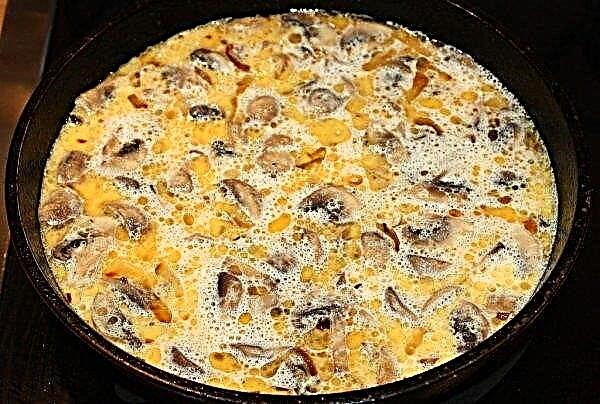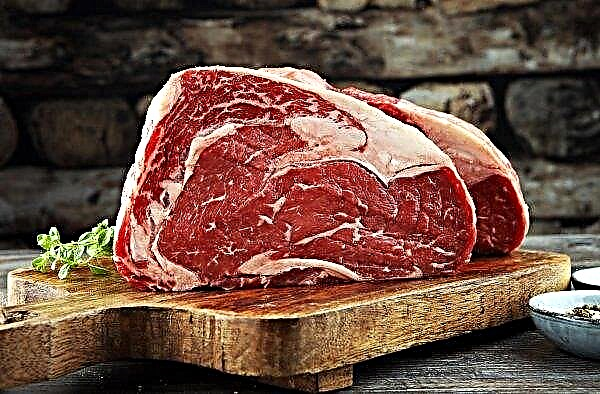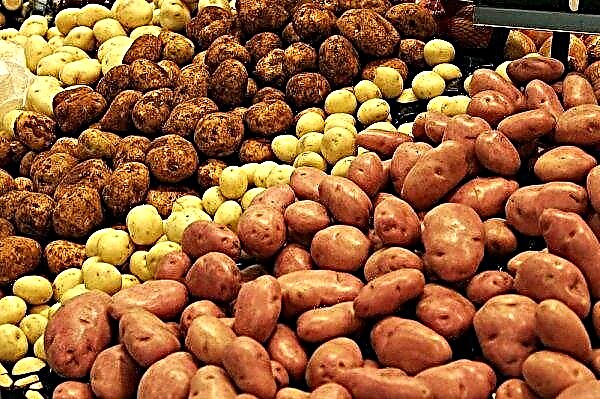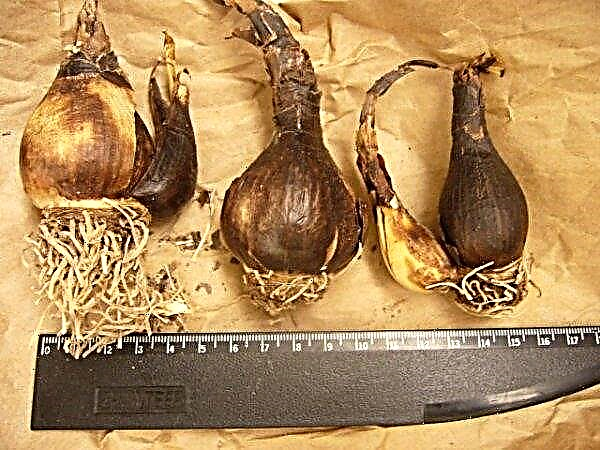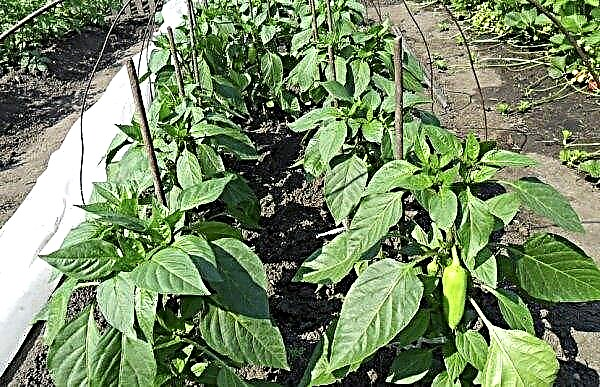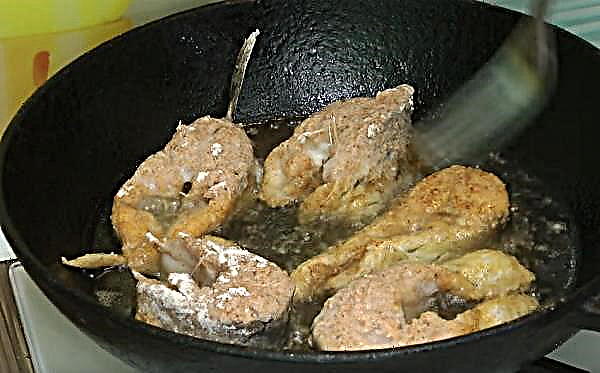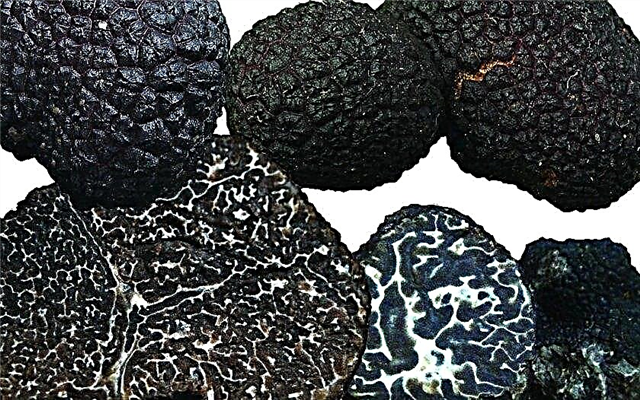The base price for raw coffee in international markets has reached the lowest level since 2006, and this has led coffee producers around the world to the worst crisis in recent years.
The situation is especially critical for Latin America, the world's largest raw coffee producer region. Colombia is the third largest coffee exporter in the world, while Honduras, Mexico, Guatemala, Peru, Nicaragua and Costa Rica are in the top 15.
However, the redundant and distorted international market, dominated by only a few processors and speculations, exacerbates existing trends in the region, such as migration and the transition to illegal activities.
Although global coffee consumption has grown by an average of 2.2% per year since 2011, to 163.6 million bags of 60 kg each in 2018, the international price of raw coffee has begun to decline rapidly since the end of 2018. In mid-April of this year, the benchmark price for April crude arabica futures fell to $ 0.90, while the cost of a cup of brewed coffee in coffee shops in the USA and Europe has been growing in recent years, to $ 2 now (pound of coffee can make up to 48 cups of 6 ounces).
Lower prices for raw coffee ultimately reflect an oversupply, mainly from Brazil, but distortions in the global market also keep prices artificially low and unstable.
Millions of Latin American farmers who depend on the coffee industry are now losing money. According to industry sources, average production costs in the region range around $ 1.15 per pound, but the current C-price is below $ 1 per pound.

